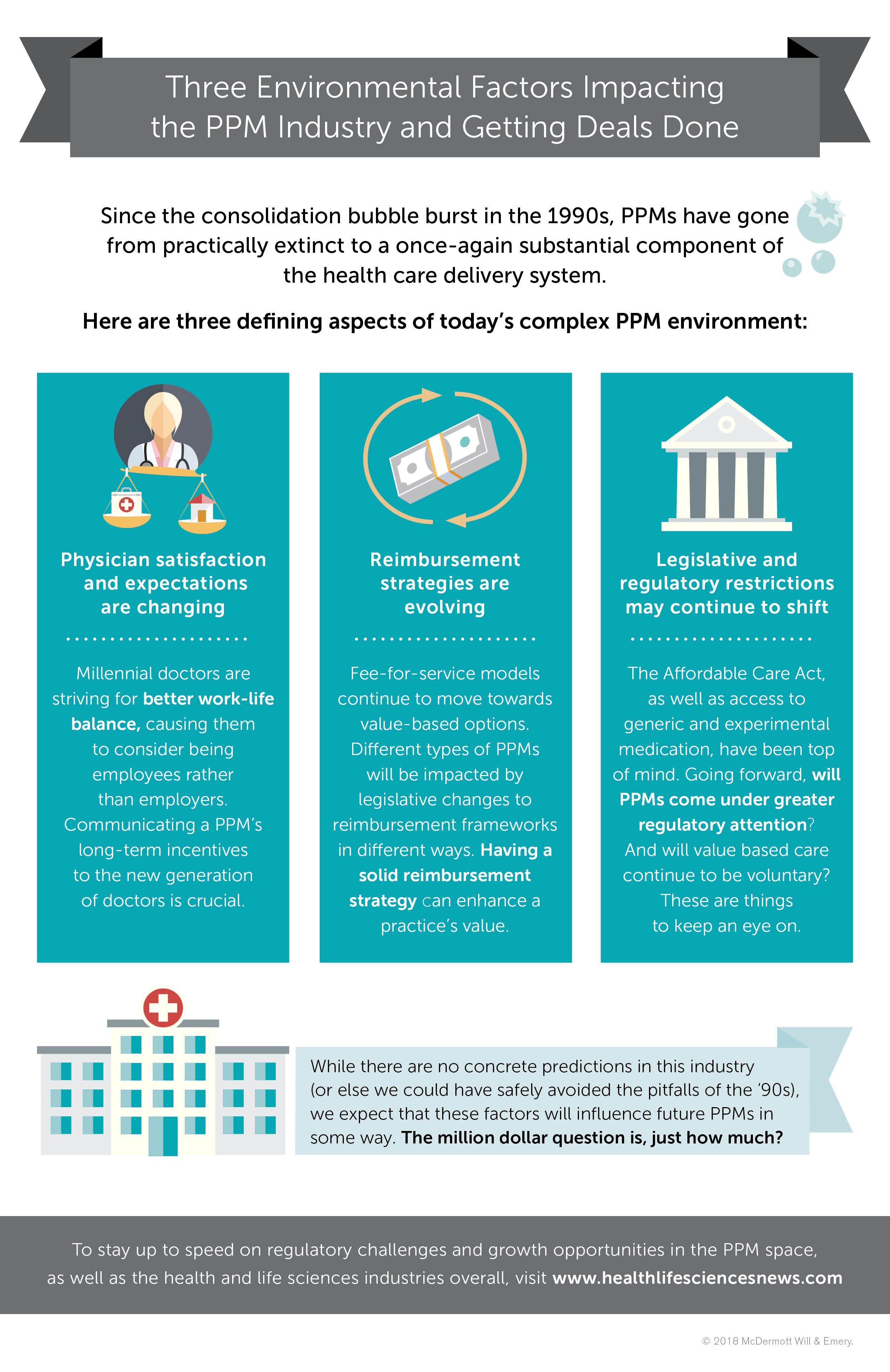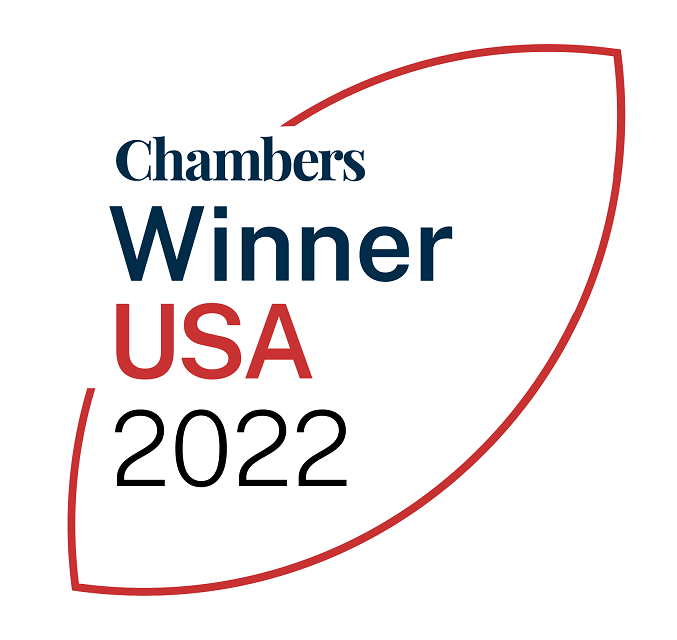The PPM industry is by no means immune to the ebbs and flows of a traditional marketplace. Since the consolidation bubble burst in the 1990s, PPMs have gone from practically extinct to a once-again substantial component of the health care delivery system. But with greater influence comes more pressure to respond, and adapting to today’s complex operating environment requires those in the PPM industry to ensure they are building the foundational structure needed to help practices adapt to external factors and achieve long-term success.
Here are three defining aspects of today’s complex PPM environment, as well as several important considerations to help navigate environmental uncertainties and create a better patient experience.
- Physician satisfaction and expectations are changing: As millennial doctors enter the workforce, they’re driving a sea change in terms of job expectations. With better work-life balance as a top priority, many young physicians are looking to be employees rather than employers, joining an existing practice instead of starting their own. Therefore, communicating what a PPM has to offer in terms of long-term incentives, rather than short-term profit margins, will be crucial to drawing in younger doctors and building a foundation that will last into the future.
- Reimbursement strategies are evolving: Payer models and expectations continue to shift. Patients are being folded into a system that’s evolving from fee-for-service to value-based reimbursement models. As of now, the federal government is the biggest source of health care reimbursements in the country, but how legislative changes to reimbursement frameworks will impact a PPM largely depends on the type of PPM in question. For example, dermatology providers will see a different impact on their billing, coverage, and procedure coding and documentation than medical oncology providers. PPMs are also increasingly being asked to consider the value they add to a practice, and having a solid reimbursement strategy can enhance that value.
- Legislative and regulatory restrictions may continue to shift: Recent surveys suggest that health care is top-of-mind for midterm election voters, regardless of political affiliation. Under the current administration, we’ve seen legislative focus on the Affordable Care Act, as well as access to generic and experimental medication, but have seen little legislative attention paid to PPMs. While the Affordable Care Act predicted the shift from fee-for-service to value-based care, it did not provide concrete regulations. Thus far, shifts to value-based care have been mostly voluntary among health care payers and providers. Whether that changes will be worth keeping an eye on. It will also be worth keeping an eye on antitrust action, particularly with consolidation and collaboration happening at every corner of the health care space. In years past, most physician practice transactions have not been large enough to garner attention from federal antitrust authorities, like the Federal Trade Commission (FTC), as one Health Affairs paper cites. But as the trend towards consolidation continues and collaboration becomes key to transformation, expect to see more federal oversight.
While there are no concrete predictions in this industry (or else we could have safely avoided the pitfalls of the ‘90s), we expect that the factors above will influence future PPMs in some capacity. Just how much is the million-dollar question.
To stay up to speed on all of the regulatory challenges and growth opportunities in the PPM space, as well as the health and life sciences industries overall, bookmark our “Health & Life Sciences News” blog and connect with us on LinkedIn.
Click to download image







